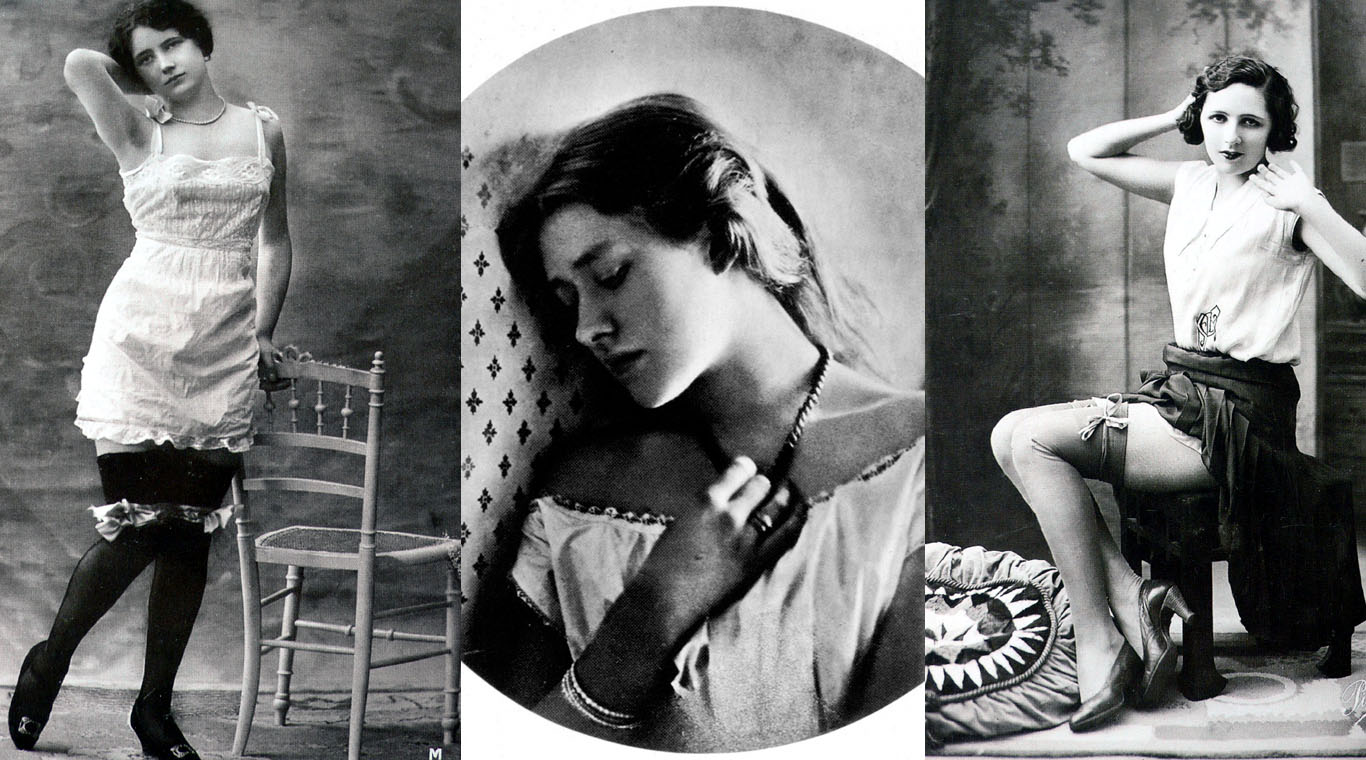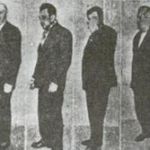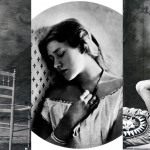Like all neighborhoods in Buenos Aires, Abasto has a unique and complex history. Today when people think of Abasto they think of Carlos Gardel and the Abasto Mall. The first time I walked through the neighborhood I found it to be charming in its own way, lined with technicolor houses and quintessential murals under the looming art deco architecture of the mall. Now that I’ve looked deeper into the neighborhood’s roots I find the streets all the more alluring, laced with dark stories that inform what we now get to enjoy as Argentine culture.
The perfect location
Abasto is actually an informal name for the north-western portion of the neighborhood formally referred to as Balvanera, which sits along Av. Rivadavia between Congreso and Caballito. At its start, Abasto was considered to be the outskirts of Buenos Aires. It received many Jewish immigrants and other Eastern Europeans and continues to hold the highest concentration of Jewish residents in Buenos Aires. By the start of the 20th century, Abasto was well known for its selection of brothels, particularly around Junín y Lavalle. At that time prostitution was legal and municipally regulated in Buenos Aires from 1875 until 1936, however, this resulted in human trafficking. At this time the immigrant population in Buenos Aires was predominantly European males who arrived to the city to work and have a family, or to later send for their wives and children in order to join him. The combination of the law, the neighborhood’s discreet location, the high Jewish population, and the lack of ladies allowed the Zwi Migdal (Jewish mafia) to make a home and business in the neighborhood.
No good, rotten gangsters….
Zwi Migdal, founded in Poland, was a Jewish organized-crime group that ran the sex slave trade in Argentina. They lured women from impoverished neighborhoods in countries like Poland and Russia, promising them housekeeping work in Buenos Aires. After getting established there, they expanded operation into countries like Brazil and the United States. These gangsters would also lure women along and often feign love, marrying the girls in order to successfully bring them overseas in what was called a shtille chupah, meaning quick wedding. Upon arrival in Buenos Aires, the strict Jewish law regarding marriage forbade divorce and stated that women should obey their husbands even if they were tricked into marriage by a pimp. Makes tons if sense, right?
“Almitas Torturadas”
So now here we are at the beginning of the 20th century in a city deprived of women and a booming brothel business. In 1914 there were 100,000 more men than women in Argentina, hence the high demand for sex work. It is difficult to determine when exactly tango began, however it was present in Buenos Aires in the late 1800s. Immigrants began to dance tango either with one another (two men) or with prostitutes (women). Needless to say, the Abasto streets were filled with tango and over time the dance was considered to be low class and no ‘respectable’ woman would be caught dancing. Jorge Luis Borges, one of the most famous Argentine writers of all time, claims that Abasto is where tango developed its sexual undertones. As the saying goes, ‘tango is a vertical expression of a horizontal desire.’
Tango lyrics are riddled with references to love, women, and (outdated) gender roles. With Carlos Gardel and various other contemporaries representing the neighborhood, these themes were undoubtedly informed by the social climate of the time. The lyrics serve as a time capsule, allowing us a glimpse into the common male perception of the time and how machismo has developed in this social context. Tango lyrics from this period are misogynistic and reveal a discomfort with the changing attitudes of women of the 1920’s and 1930’s. In reference to the prostitution, the tango lyrics were sexually violent, referring to women as sex slaves, and infertile, and implying they are emotionally weak. Take for example Horacio Petrossi’s “Esclavas Blancas.”
(The following tango lyrics are directly translated to English, and lack poetic nuances)
Almitas torturadas,
pobres esclavas blancas del tango y la milonga.
Mujeres infecundas,
¡autómatas del vicio, sin alma y sin amor!…
No sé por qué esta noche
reflejan tus pupilas la pena que te mata
y en cada carcajada,
yo sé, pobre milonga, solloza el corazón.
Tal vez tu propia culpa,
tal vez el desengaño
del hombre que has querido
y hoy para olvidarlo,
emborrachás tu alma
con tango y con champagne.
Pero pensá, milonga,
que hay una criaturita
de manecitas blancas
que en este mismo instante
tal vez a unos extraños
les llamará mamá…
Little tortured souls
Poor white slaves of tango and milonga
Infertile women
Automats of vice without soul and love
I don’t know why this night
Reflects in your pupils the pain that kills you
and every laugh
I know, poor milonga, your heart is lonely.
Maybe it was your own fault
Maybe you were disillusioned
by the man that you loved
and now to forget it all
you intoxicate your soul
With tango and champagne
But think, milonga
that there is a tiny creature
with little white hands
that in this very instant
might call a stranger
Mama…
The perspective of the women of this time are not as deeply understood via tango, as lyrics were written from a man’s point of view. So much so that in the extremely rare occasion of a woman singing tango, she impersonated a man. If a lyric was written from a woman’s perspective, themes of love and relationships were typically avoided and saved for male interpretation. One of the few exceptions is “Julián,” a song about a woman who was left by her lover.
Raquel (and the community) runs the gangsters out of town
As the reputation of the organized crime of Abasto spread, those involved (the mafia) became increasingly concerned about their reputation, being immigrants in a primarily Catholic country. The surrounding community began to take steps to separate themselves from the Zwi Migdal. This was not easy, as the group invested money in the community, assisting with building synagogues and other community buildings. All the same, the community banned the mafia from community spaces and refused to accept ‘dirty money.’
As the community began to push back against organized crime in Abasto, Raquel Liberman comes into the picture. Raquel was born in Ukraine and lived for a few years in Poland. She decided to immigrate to Argentina on her own accord, however, it is unclear whether she chose or was forced into a life of prostitution. At any rate, she saved up enough money to buy her freedom and to open an antique shop. After experiencing independence, her procurers tried to bully her with violence and threats to re-enter a life of prostitution. At this point Raquel had enough and confided in an official that she knew would not accept bribes from the mafia. In response, the Zwi Migdal then pulled their age-old move of tricking women into marriage, and Raquel fell for it. They even staged a fake wedding at the synagogue filled with members of the mafia. Raquel, now bound to her lovely lawfully wedded thug, fell once again into a life of sex slavery.
Years passed and Raquel was eventually able to stand on her own again. With an increasingly aware community that was less tempted by bribes from the mafia, the atmosphere was ripe for action. With the help of Raquel’s testimony, the Zwi Migdal was dismantled in Buenos Aires. Although the group remained active in other countries around the world, prostitution was banned entirely in Argentina in 1935.
It all sounds like some vaudeville crime drama, complete with gangsters and a heroine, doesn’t it? Albeit somber, unfolding the history behind it all reveals a more dynamic and melancholic picture of how tango came to be what it is today.
Edited and updated by: Rachel Orga



